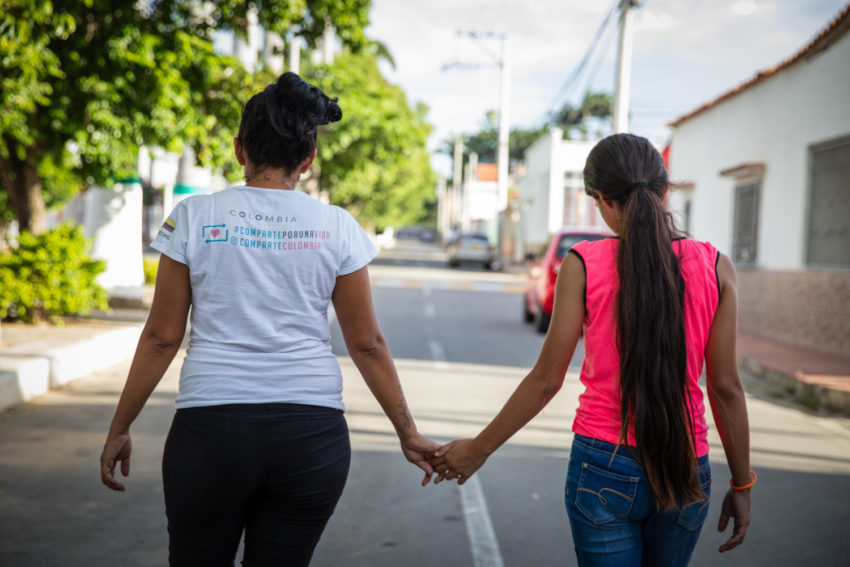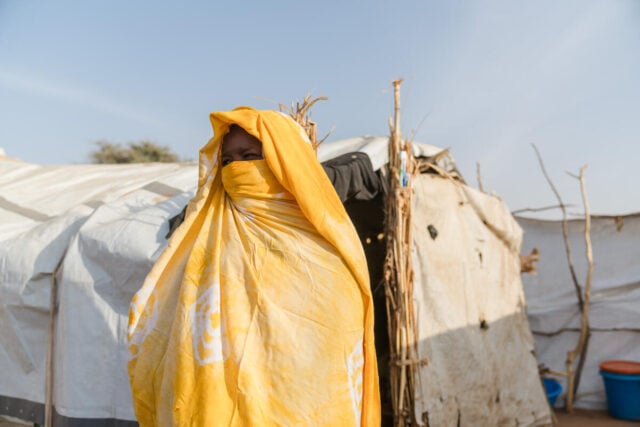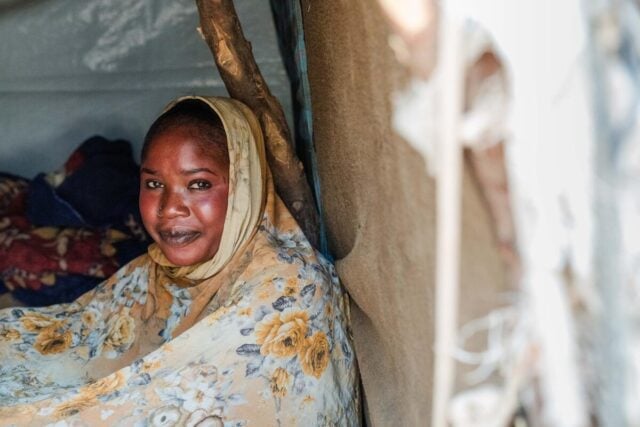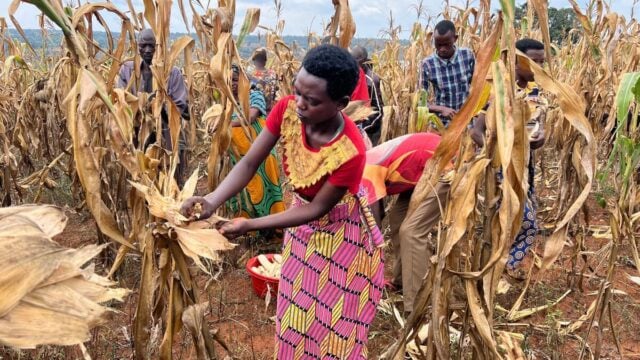Jheyde Yepez, 13, remembers the tearful day in 2016 when she and her family left everything behind in Venezuela to move to Colombia. Hunger, failing schools, and lack of economic opportunity forced them to flee the home she knew and loved.
“It was really difficult for me because I was separated from my (extended) family, my home; I left my friends,” Jheyde says. “It was a total change. Another life, another future.”
That day, she was full of sadness.
“I wanted to be in my house, in my home. I didn’t want to come here (to Colombia),” she says. “I remember when I came on the bus, I was crying. Crying and crying, a lot, a lot, a lot.”
Now, Jheyde (pronounced “Jadie”) lives with her mom, Maria; her grandparents; and her baby brother in the border town of Villa del Rosario, Colombia. They’ve become very close over the past few years because they’ve been through a lot since they arrived here.
Since arriving, she and her mom have worked many odd jobs trying to make ends meet. They sold products together on the streets, often going door to door in desperation to earn an income. It was dangerous work for her. But it was also tiring and nerve-wracking as she often toiled with customers who wanted deals on goods.
“It was hard because people wouldn’t accept the products we were offering or wanted everything free or cheap,” Jheyde says. “Sometimes we would be out till midnight just to sell what we had.”
After trying two years to find a school that would enroll her, she finally found a spot near their home at Colegio La Frontera, a public school serving more than 1,500 students at the border. About 80% of students there are from Venezuela, school staff say. Some commute daily from just over the border. Others live in town on the Colombia side.
For a while, Jheyde struggled to excel. She couldn’t afford to buy the basic things she needed to complete her schoolwork, and she fell back a grade after being out of school two years.
“I’d like to be in eighth grade, but at the same time I wouldn’t,” she says. “In seventh grade, now I’m learning a lot of new things that I didn’t learn in Venezuela.”
Her teachers saw how hard she studied and offered to pay for her supplies. She also received three months of food vouchers and a school kit from World Vision. The kit included a backpack, notebook, pencils, crayons, markers, and other things.
“The school kit helped a lot,” Jheyde says. “It helped me get ahead. I reflected with my mom on how our life has been, but I feel very supported now.”
Jheyde’s outlook on life has improved a lot. She credits prayer and trusting in God to walk with them through their pain and difficulty.
“I realize that I’m a warrior and that my mom’s a warrior too,” she says. “And in spite of all that has happened to us, we’ve always had our faith. From that day when I was crying until now, I feel a lot better. Everything was for our good.”
Jheyde recently received an achievement of excellence award from teachers. She wants to study law and become a lawyer someday.
She says, “I feel stronger now and like I’m going to reach my goals and dreams.”




